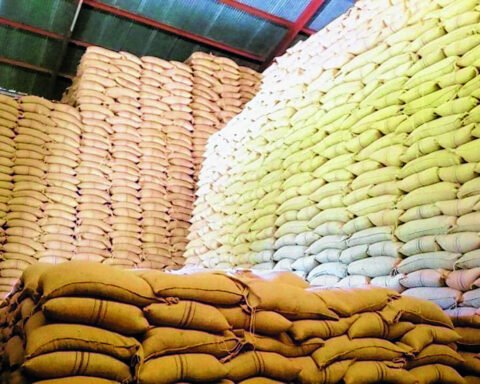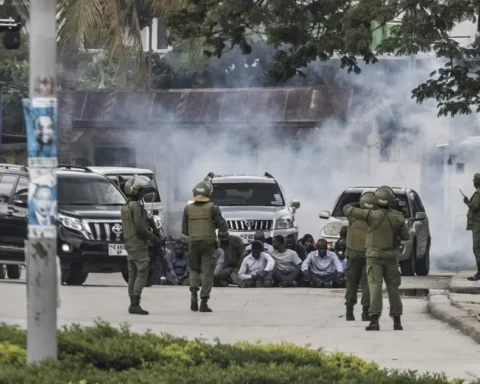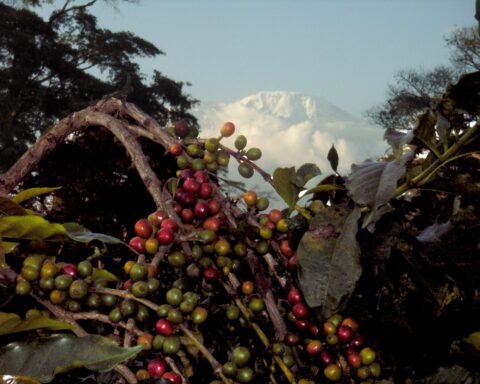Tanzania is preparing for what experts describe as an unpredictable rainy season from November 2025 to April 2026, with meteorologists warning that many regions could experience below-average rainfall and extended dry spells.
The Tanzania Meteorological Authority (TMA) released its latest outlook this week, cautioning that the erratic weather may disrupt farming, energy production, and water supply across large parts of the country. The forecast covers western, central, and southern highlands, along with parts of the southern coast and Morogoro.
Regions such as Kigoma, Tabora, Katavi, Singida, and Dodoma are expected to receive below-average rainfall. Meanwhile, areas including Mbeya, Iringa, Njombe, Songwe, Rukwa, Ruvuma, Lindi, and Mtwara, together with the southern portion of Morogoro, could face irregular rainfall and longer dry periods. Experts warn that the season will likely be marked by uneven rainfall distribution and scattered showers.
The rains are projected to begin in late October across the western regions and spread southward by mid-November, before ending in late April or early May 2026. According to TMA, rainfall is expected to increase slightly during the latter half of the season (February–April 2026), though it may still fall short of normal levels.
Also Read; Tanzania Opens Massive Tender for Non-GMO Grain Exports
For farmers, the outlook signals a challenging growing season. Reduced soil moisture could hinder germination and crop development, affecting yields and potentially driving food insecurity. Agricultural experts are advising farmers to consider drought-tolerant varieties and adopt soil moisture conservation practices. Communities are also encouraged to harvest and store rainwater to sustain crops and livestock during dry spells.
The impacts extend beyond agriculture. Hydropower generation could be constrained if river and dam levels drop too low, putting pressure on the national grid. In wildlife areas, dwindling water sources may force animals to move closer to human settlements, raising the risk of conflict and disease transmission. Urban centers may experience mixed challenges — periods of drought punctuated by sudden flash floods due to poor drainage.
Nevertheless, officials stress that the forecast is not a cause for alarm but an opportunity for preparedness. Farmers are urged to align planting schedules with updated forecasts, local authorities to strengthen drainage infrastructure, and households to store clean water ahead of potential shortages.







